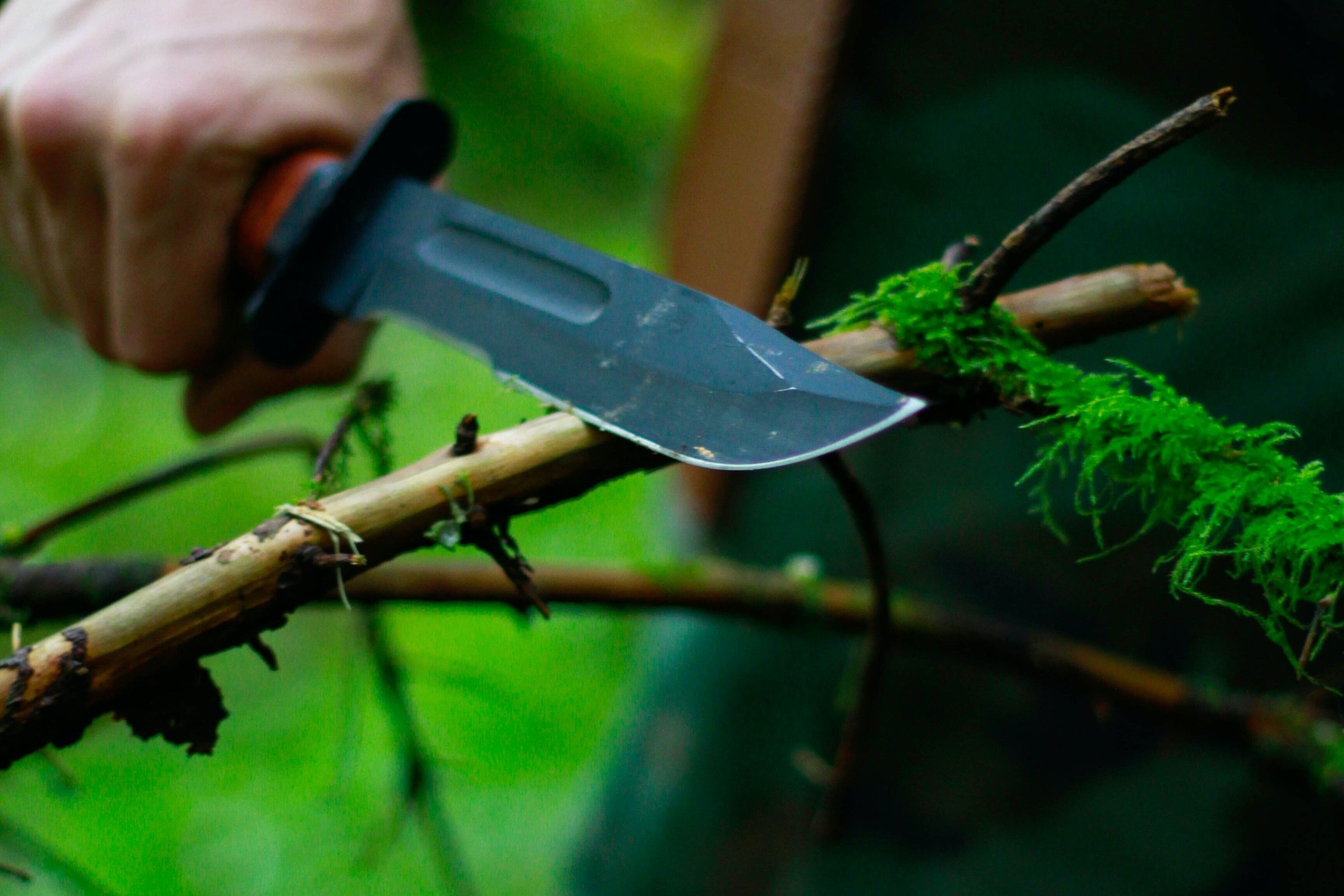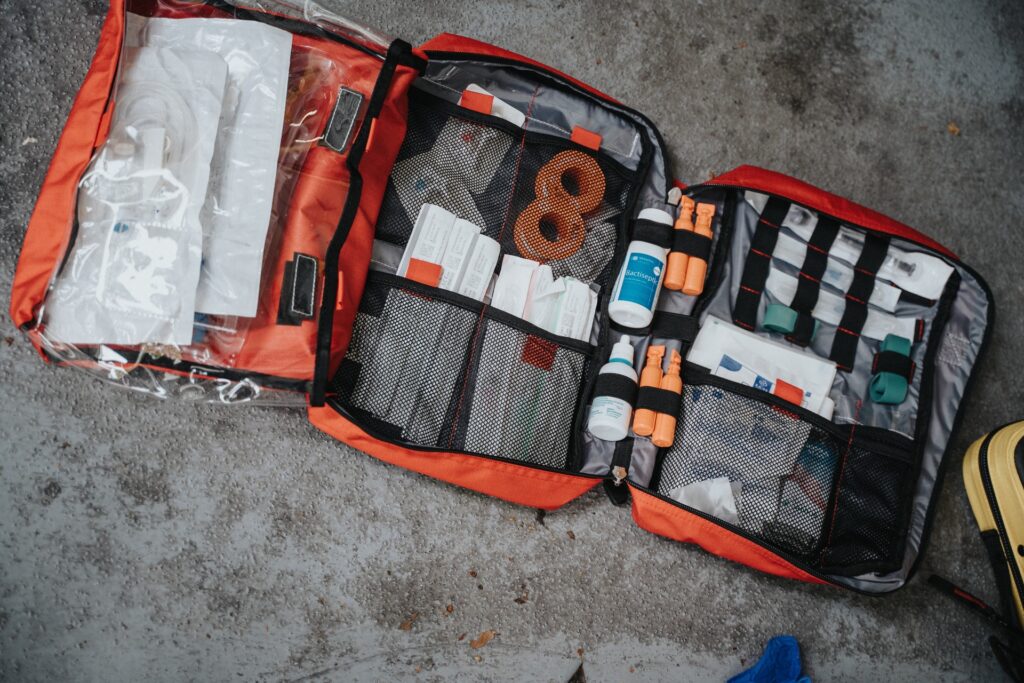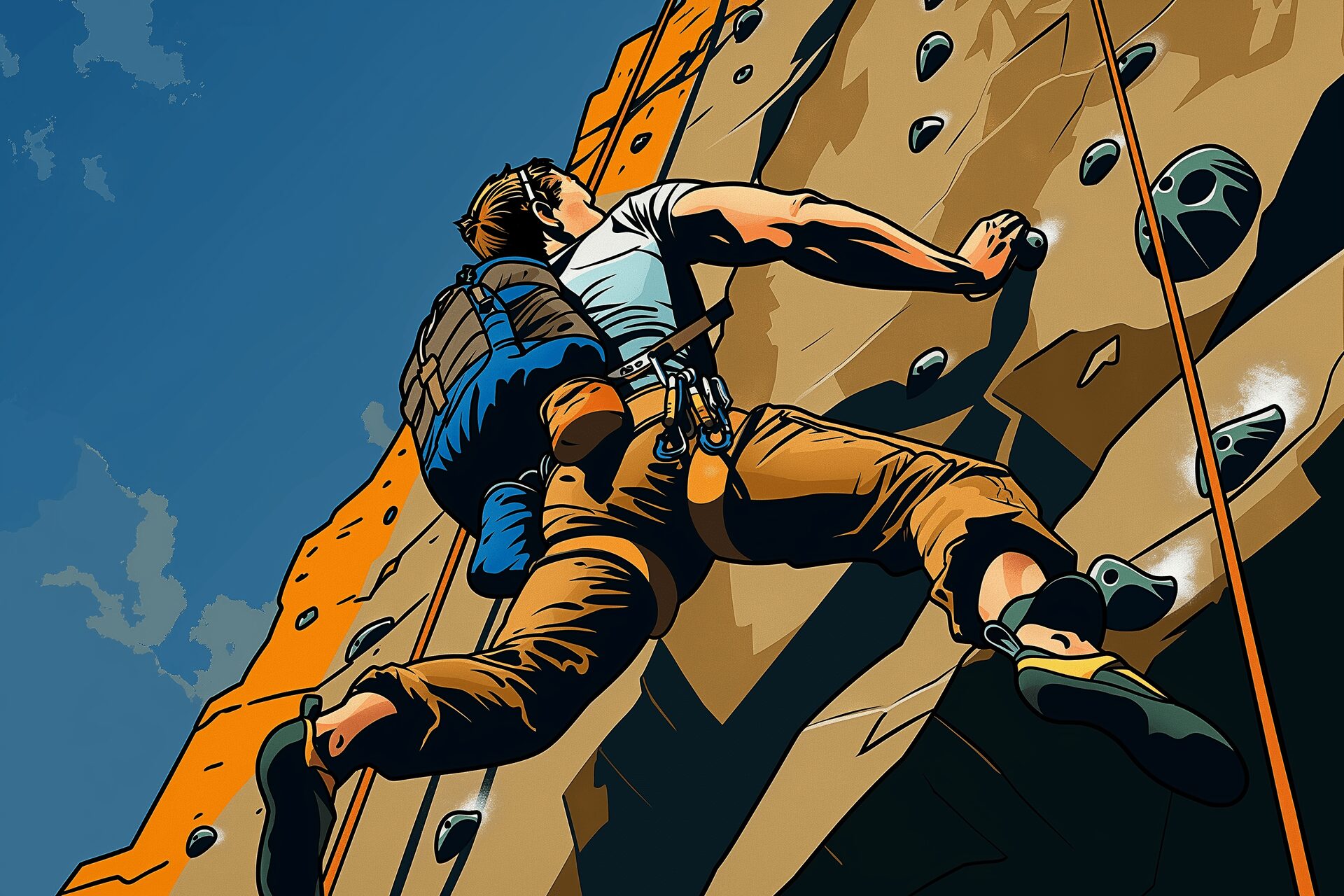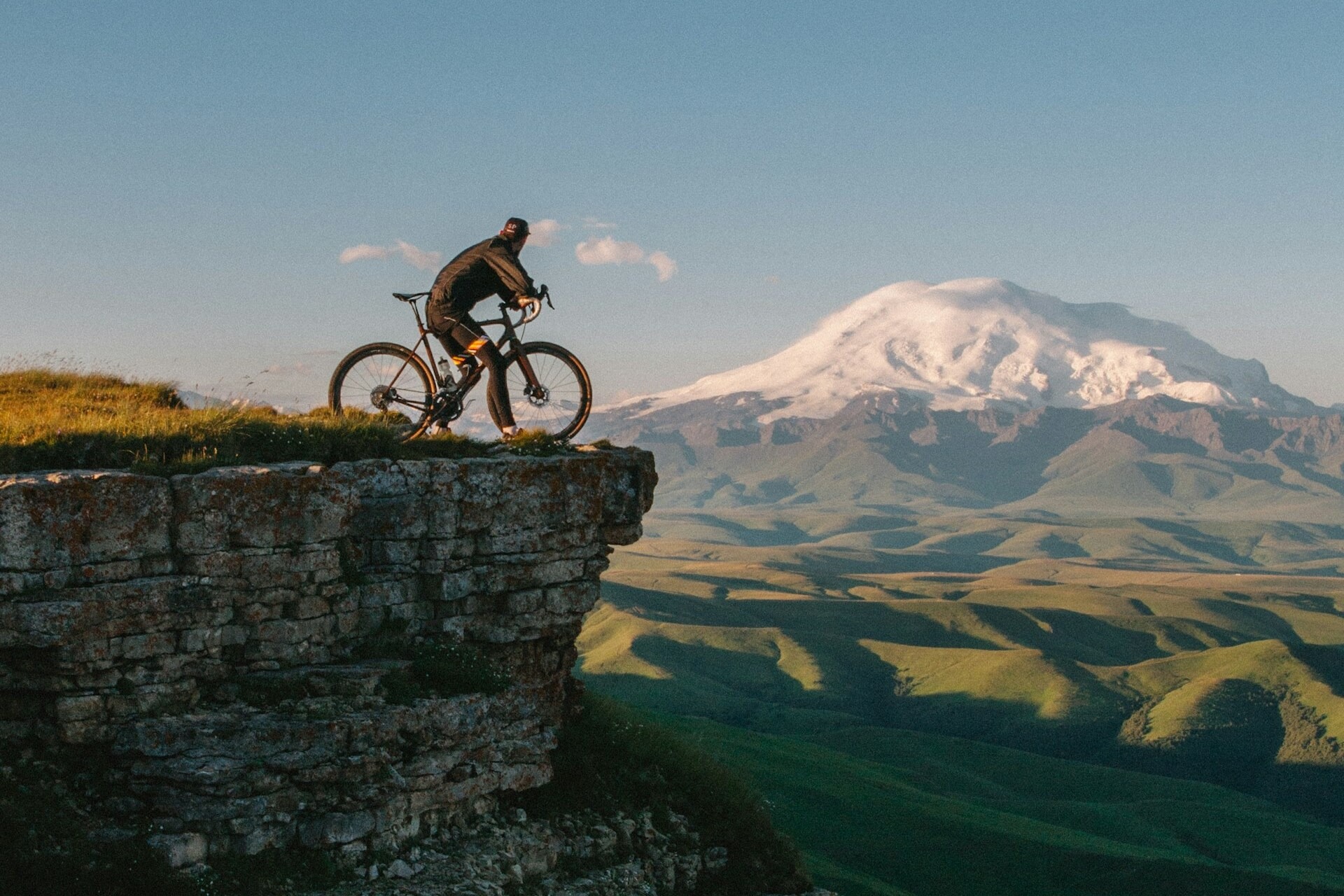How to Become a Survivalist in 10 Key Steps
Nov 16, 2023

As an Amazon Associate, Modded gets commissions for purchases made through links in this post.
Being a survivalist isn’t a hobby, it’s a lifestyle. Every facet of your daily life revolves around preparing for any scenario. Given the increasing political tensions and economic instability around the world, now is a good time to refresh your survival skills. Here’s how to become a survivalist in ten important steps.
1. Get Yourself into Shape
First and foremost, you need to get yourself into shape. There’s no such thing as an out-of-shape survivalist. If you want to survive extreme life-threatening situations, then you must have the bodily capabilities to defend yourself. Put together a muscle-building diet and exercise routine so you can fight off human and non-human threats.
2. Research Essential Survival Techniques

Once you build a strong physical foundation, you can begin your training with the essentials of survival. We suggest you gather some survivalist resources and learn about the following skills through reading and watching videos:
- Find and filter water
- Hunt and forage for food
- Build a shelter
- Administer first aid
- Make a fire
- Signal for help
- Navigate various terrains
- Respond to natural disasters and home emergencies
Learning about these skills in an educational setting first will build your confidence before you get put into any life-threatening situations. Although firsthand experience is the best form of learning, you can’t jeopardize your health so early in your journey. Learning how to become a survivalist can be a dangerous process, so you must eliminate the risks wherever possible.
3. Stock Up on Supplies

Every serious survivalist has a cache of supplies in anticipation of emergencies. This is the most expensive part of becoming a survivalist, but The following items are absolute must-haves:
- Food & Water: start by stockpiling water and non-perishable food items.Store everything in a cool, dry place to maximize its shelf life. You should strongly consider growing your own food or raising livestock
- Fuel: save extra gasoline and an alternative such as biofuel so you can still operate your vehicle and other equipment if a fuel shortage occurs.
- Weapons: get yourself a rifle, pistol and knife for self-defense. Ammunition is expensive these days, but you have no choice. You need to stockpile ammo so you can practice with your weapons.
- First Aid Kit: your first aid kit should include items to treat lacerations, stab wounds, broken bones, burns, bites and stings. You can’t treat every injury, but you should at least know how to treat minor injuries.
- Navigation Tools: maps, compasses and GPS devices are crucial for finding your way during survival situations. You can’t rely on your cell phone for everything.
- Communication Devices: you also need a two-way radio or walkie talkie to communicate if the power grid goes down.
- Other Essentials: clothing for all weather conditions, backpack, sleeping bag, portable shelter, pocket multitool, fire starting kit, flashlight, lighter or matches, extra batteries, duct tape, rope
In total, you can expect to spend about $150 per year building your survival cache. This number is manageable, but it will take at least a few years to get everything you need. Food, water, fuel and ammunition will be the most expensive items, but they’re also the most essential.
Related Topics:
4. Secure Your Property
Next, you need to secure your property against outside threats — both human and non-human. Invest in a security system with 24/7 surveillance and automated alarms if you haven’t already. You can also make your house more resilient to extreme weather events by making these simple changes:
- Insulate water lines that run along outside walls to prevent freezing.
- Strengthen wall and attic insulation.
- Caulk and weatherstrip doors and windows to keep drafts out.
- Install storm windows or cover the inside with plastic.
- Repair roof leaks and remove tree branches that could cause damage during a storm.
- Establish a shelter-in-place area in your basement with food, water and medical supplies.
- If you don’t have a basement, identify a safe structure nearby or build an underground storm shelter.
- Build additional storm shelters for livestock and crops if necessary.
Learning how to become a survivalist is largely just improvisation. Everyone faces different threats depending on their specific location, so everyone has a different version of their ideal homestead. Some of the changes you make might be unorthodox, but who cares? If it looks dumb but it works, it’s not dumb.
5. Get a Reliable Vehicle

Every survivalist needs a reliable vehicle with good gas mileage and off-road capabilities. You never know where you might have to travel due to a natural disaster or another SHTF scenario. Luckily for you, we’ve already made a list of the toughest off-road vehicles that will serve you well in emergency situations:
- Jeep Wrangler
- Toyota Land Cruiser
- Toyota Tacoma
- Ford F-150
- Suzuki Samurai
After getting the right car, you must take preventative maintenance seriously and keep it in good condition. Learning more about auto mechanics will come in handy in the future. Imagine if you need to replace a key part or change a tire during an emergency. Knowledge is the key to survival in many situations.
Related Topics:
6. Know Your Terrain
This part of becoming a survivalist often gets overlooked by beginners. What good are your survival skills if you don’t know how to navigate your terrain? How can you feed yourself in the wild if you don’t know what plant and animal species are viable food sources? How can you reach safety if you don’t know the area’s key landmarks?
You must study your area’s terrain with detailed topography maps and explore as much as possible until you know it like the back of your hand. This indispensable knowledge will give you a huge advantage if you’re forced to leave your property. Plus, if other people need help, you can guide them to safety.
7. Practice With Your Firearms
What happens if someone breaks into your house? Are you prepared to use lethal force? One moment of hesitation is often the difference between life and death. You need to practice with your firearms and become confident with them. Handling a firearm is a massive responsibility that you can’t take lightly. You must be able to shoot with accuracy in high-stress situations.
8. Stay Informed
Remember how we said knowledge is the key to survival? As much as you might want to ignore geopolitical news, global events eventually have a direct impact on your family’s life. You can’t tune out the news and live in your own bubble. You must stay informed so you can make swift and effective decisions in times of crisis.
9. Build a Network
Humans have strength in numbers. Loners rarely survive. A key part of learning how to become a survivalist is accepting that you can’t do everything on your own. You need help from community members, whether you like them or not. That’s why you must build a network within your neighborhood. All of the adults should be on the same page about emergency procedures.
10. Always Have a Back-Up Plan
Last but not least, you must always have a back-up plan. Every day brings another opportunity for tragedy. True survivalists don’t get caught off guard. They always have a previously rehearsed operating procedure for extreme weather, home invasions, health incidents and other emergencies, no matter how unlikely they might seem.
Survival of the Fittest
If you want to become a survivalist, you need to sacrifice a few comforts. Survival isn’t supposed to be easy. It’s a constant battle that requires knowledge, bravery and strength of body and mind. It also requires a ton of various supplies. Are you ready to transform your lifestyle? These ten steps should be the first items on your checklist.
Related Topics:
- How to Make Money Homesteading in 30 Different Ways
- Which Homesteading Animals Are Best to Raise?
- How to Plant a Vegetable Garden for Beginners






